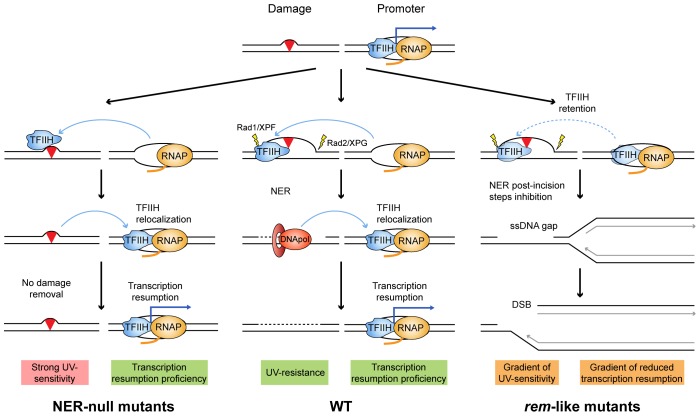Figure 6. Model to explain the molecular defects occurring in XP-D/CS cells.
Mutations in the ATP-binding groove of Rad3/XPD would compromise both its ATPase and its helicase activities. Depending on the mutation, both capacities would be compromised to different extents. A simplified scheme of each situation is illustrated by a paradigmatic yeast rad3 mutation. The different envisioned stages of the NER engagement in repair and its impact on on-going transcription in each situation are depicted. The main molecular outcomes are highlighted in pink, green and orange.

